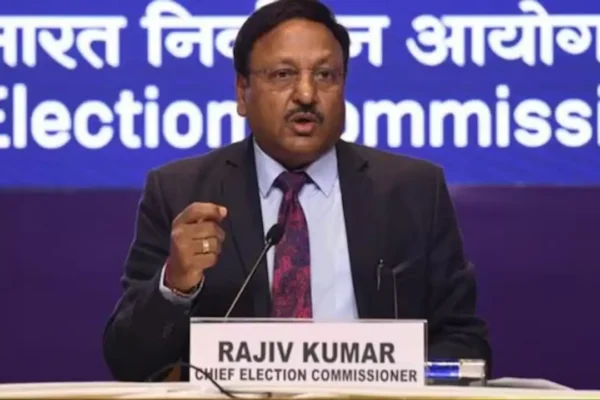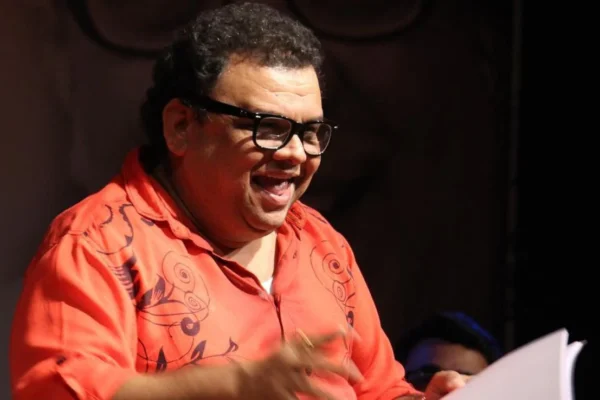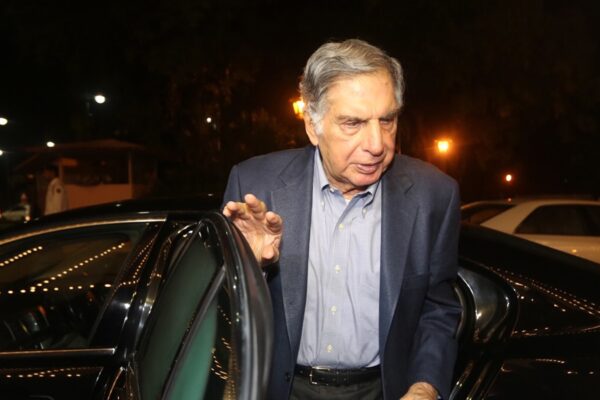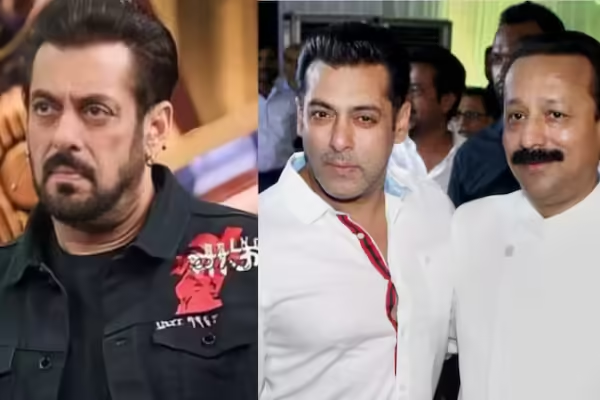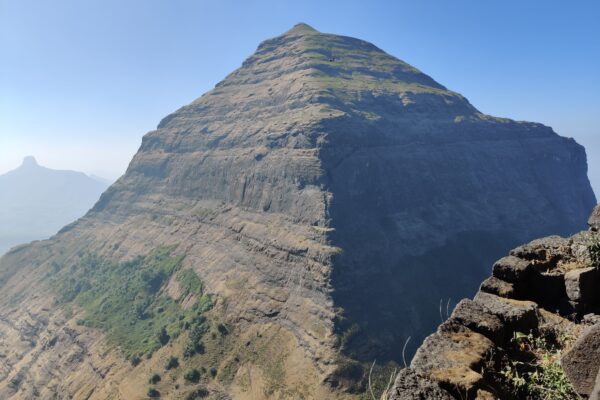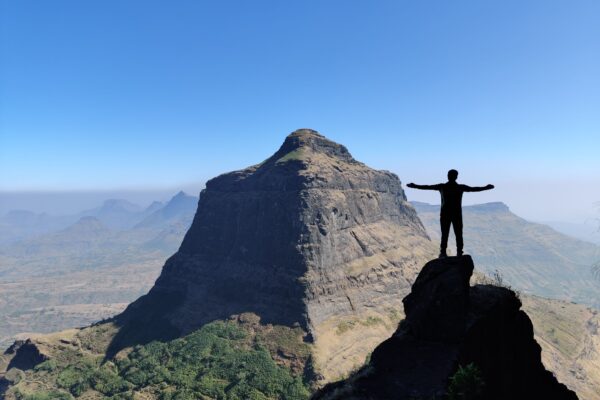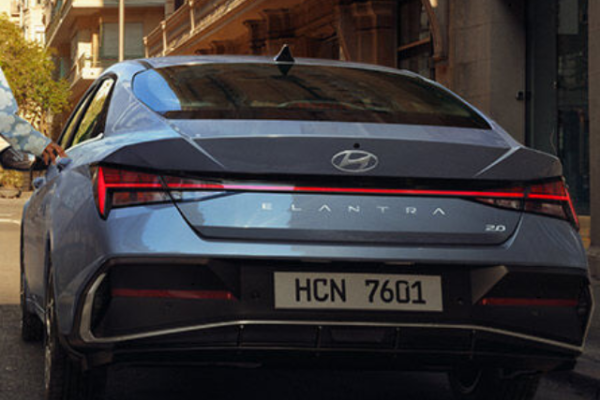
Hyundai India Share Price Debut: Key Insights for Investors
On October 22, 2024, Hyundai India Share made a significant debut on the stock market, capturing the attention of investors due to the company’s solid reputation and ambitious plans for electric vehicles (EVs). The listing was seen as a major step in Hyundai’s growth story in India. Key Listing Details Key Listing DetailsThe Hyundai India share price was listed in the range of ₹1,865 to ₹1,960 per share. Despite the initial optimism, the stock opened at ₹1,934, reflecting mixed market sentiment. While this slight dip caught the attention of cautious investors, the broader outlook remained optimistic due to Hyundai’s strategic approach and growth potential. Why This Listing MattersHyundai Motor India’s market debut is more than just a stock listing; it signals the company’s long-term commitment to India’s growing automotive industry. Hyundai is a major player in the Indian market, with a strong focus on innovation and sustainability. The company’s plan to enhance its presence in the electric vehicle (EV) segment is particularly noteworthy, aligning with global and national trends toward green mobility. Market Sentiment and Investor OutlookThe slight dip in the Hyundai India share price didn’t deter long-term investors. Many believe that this initial fluctuation is a normal part of market behavior. Hyundai’s solid history in India, combined with its evolving portfolio of cars, SUVs, and electric vehicles, gives it a strong edge. The company’s extensive dealer and service network, which exceeds 1,300 dealerships and over 1,500 service centers, reinforces investor confidence. Commitment to Innovation and SustainabilityA key reason why many investors remain bullish on the Hyundai India share price is the company’s proactive investment in future-focused technology. Hyundai’s lineup of feature-rich vehicles, from affordable hatchbacks like the Grand i10 to premium electric models such as the Ioniq 5, highlights its broad market appeal. The company’s increasing emphasis on EV manufacturing and sustainability places it ahead of the curve in a competitive and rapidly evolving automotive market. Long-Term Growth ProspectsHyundai’s presence in the Indian market isn’t just about cars; it’s about creating a reliable and innovative brand that resonates with customers. Its commitment to manufacturing excellence, robust sales infrastructure, and focus on emerging vehicle segments like electric cars, all point to strong growth prospects. Investors are particularly optimistic about Hyundai’s expansion in the electric vehicle market, which is expected to see substantial growth in the coming years. ConclusionHyundai Motor India’s debut on October 22, 2024, may have started with a slight dip in its share price, but the overall sentiment remains positive. The company’s clear focus on enhancing its EV lineup, expanding its dealer network, and leveraging its strong brand image sets it on a path for sustained growth. As Hyundai navigates the evolving market trends and explores new opportunities, the Hyundai India share price is likely to reflect these efforts in the long term. For investors seeking stability and growth potential, Hyundai’s entry into the stock market offers a promising addition to their portfolios.


